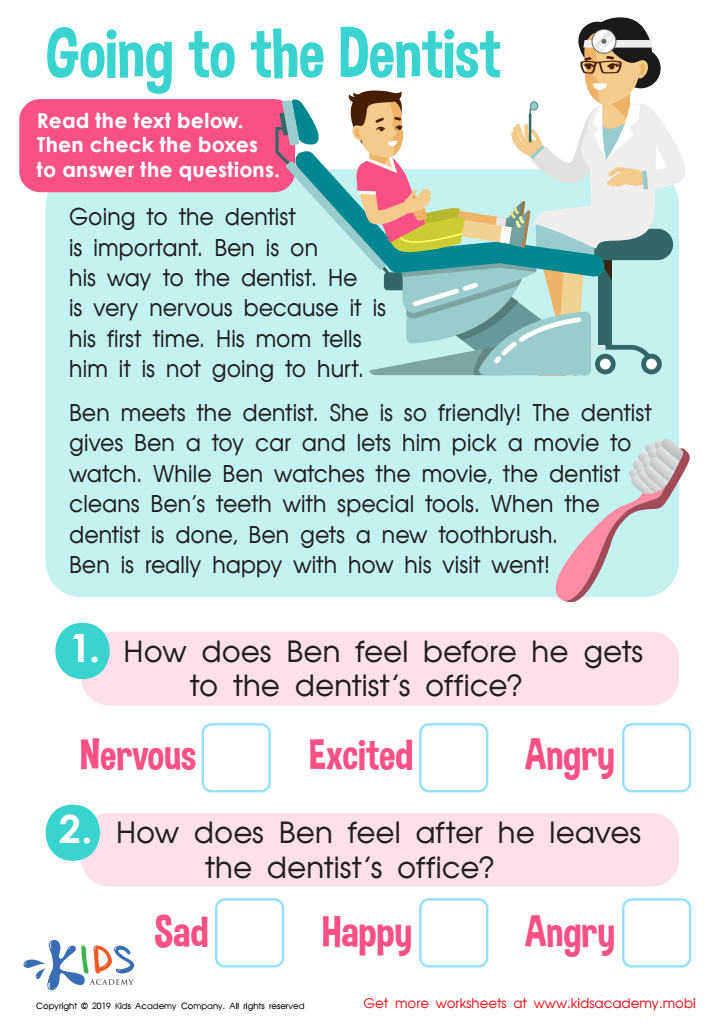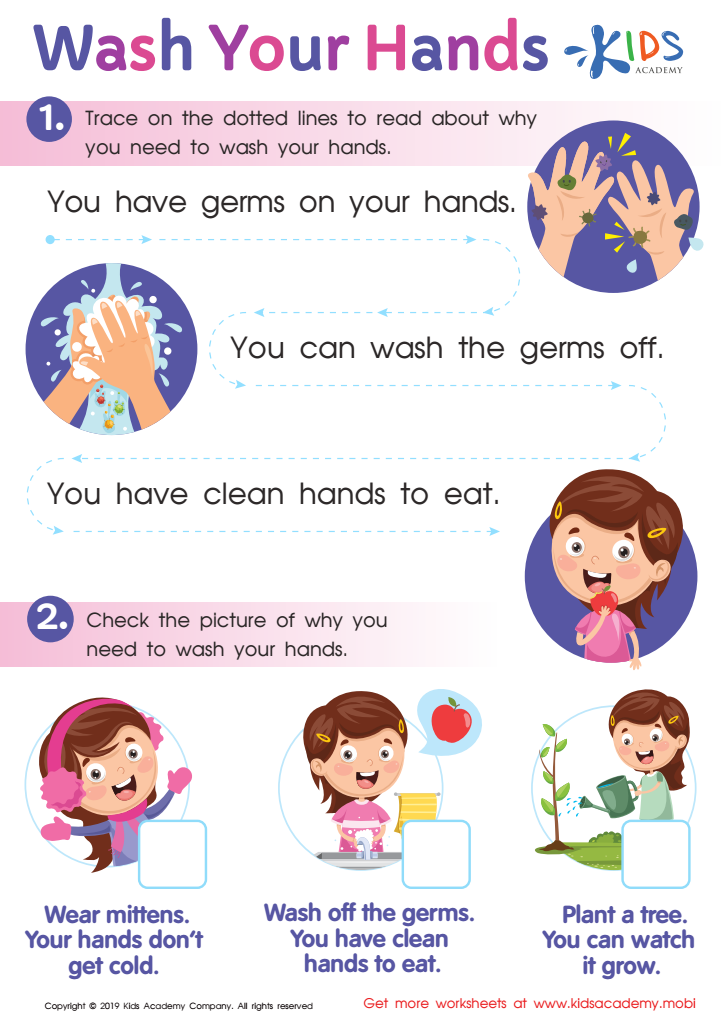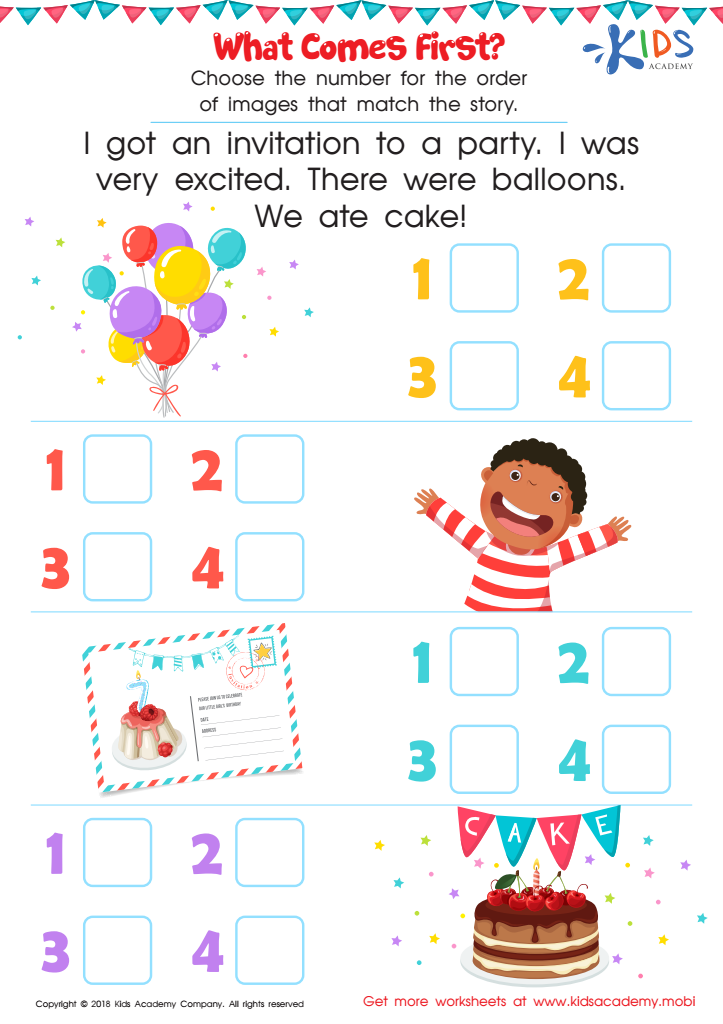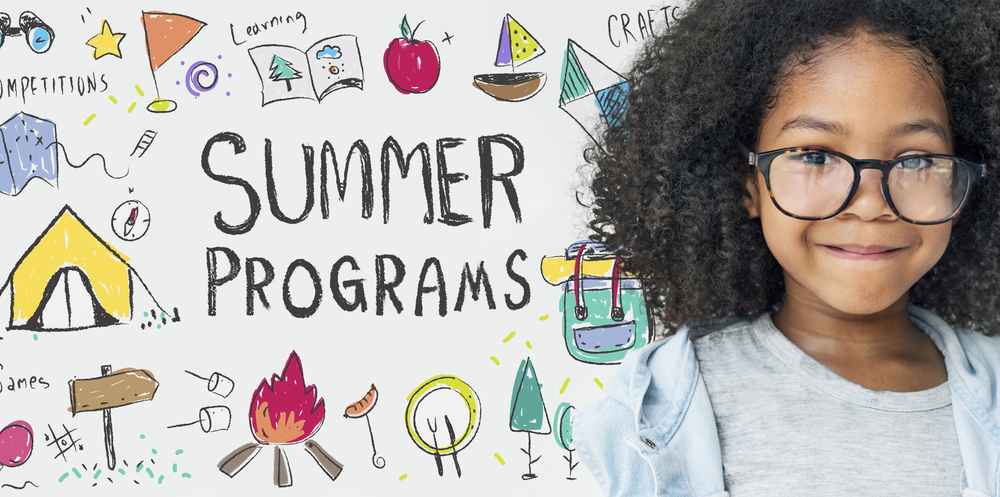Sequencing Skills Normal Reading Worksheets for Ages 4-8
4 filtered results
-
From - To
Unlock your child's reading potential with our Sequencing Skills Normal Reading Worksheets for Ages 4-8! Designed to engage young minds, these worksheets offer a fun and interactive way for children to master the art of sequencing. By arranging events in the correct order, kids enhance their comprehension and boost critical thinking skills. Ideal for both classroom and home use, our printable resources feature colorful illustrations and age-appropriate narratives that captivate young readers. Support your child's educational journey and help them build a strong foundation in reading. Explore our collection today and watch their confidence and ability grow!


Going to the Dentist Worksheet


Wash Your Hands Worksheet


Story Sequencing Printable


What Comes First Worksheet
Sequencing skills are critical developmental components in early literacy for children ages 4 to 8. These skills involve arranging events in a logical order, which enhances comprehension and narrative understanding. Parents and teachers should care about sequencing because it lays the foundation for reading fluency and comprehension skills that are vital as children progress through their educational journey.
When children can sequence stories, they better grasp plot structures, cause-and-effect relationships, and character development. This understanding fosters critical thinking and helps children relate the content to their own experiences, boosting engagement in reading. Moreover, strong sequencing skills support the development of writing abilities, as children can articulate their thoughts and ideas coherently.
Incorporating sequencing activities—such as storytelling, picture sequencing cards, or summarizing events—into daily routines not only makes learning enjoyable but also strengthens cognitive skills essential for academic success. As children develop these skills, they gain confidence in their reading abilities, making literacy a more accessible and enjoyable experience. Therefore, nurturing sequencing skills in young learners is a shared responsibility among parents and teachers, enriching children's overall educational experience and empowering them for future learning challenges.

 Assign to My Students
Assign to My Students


.jpg)













